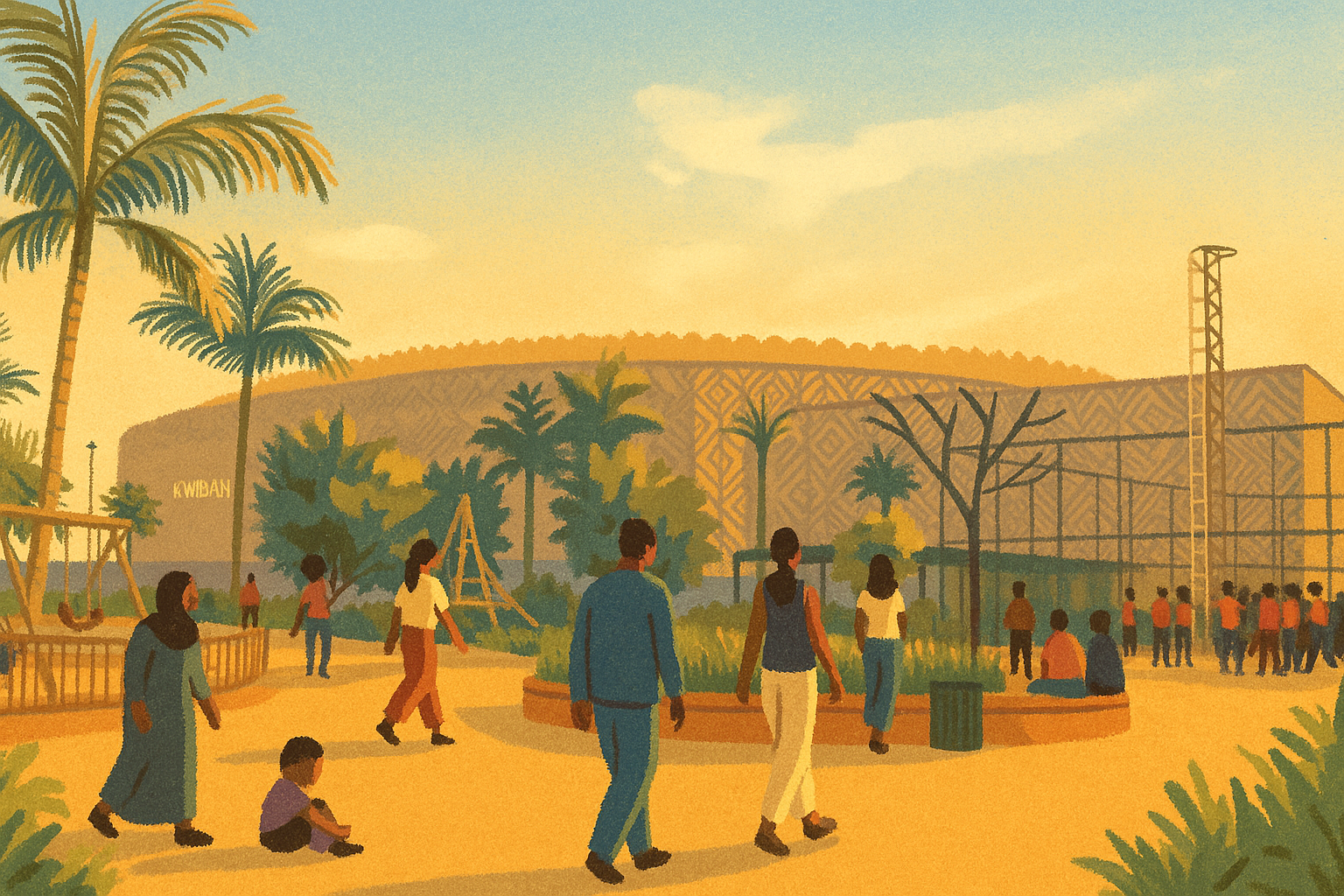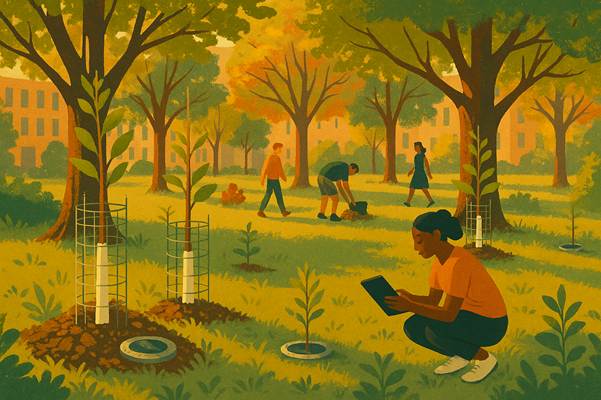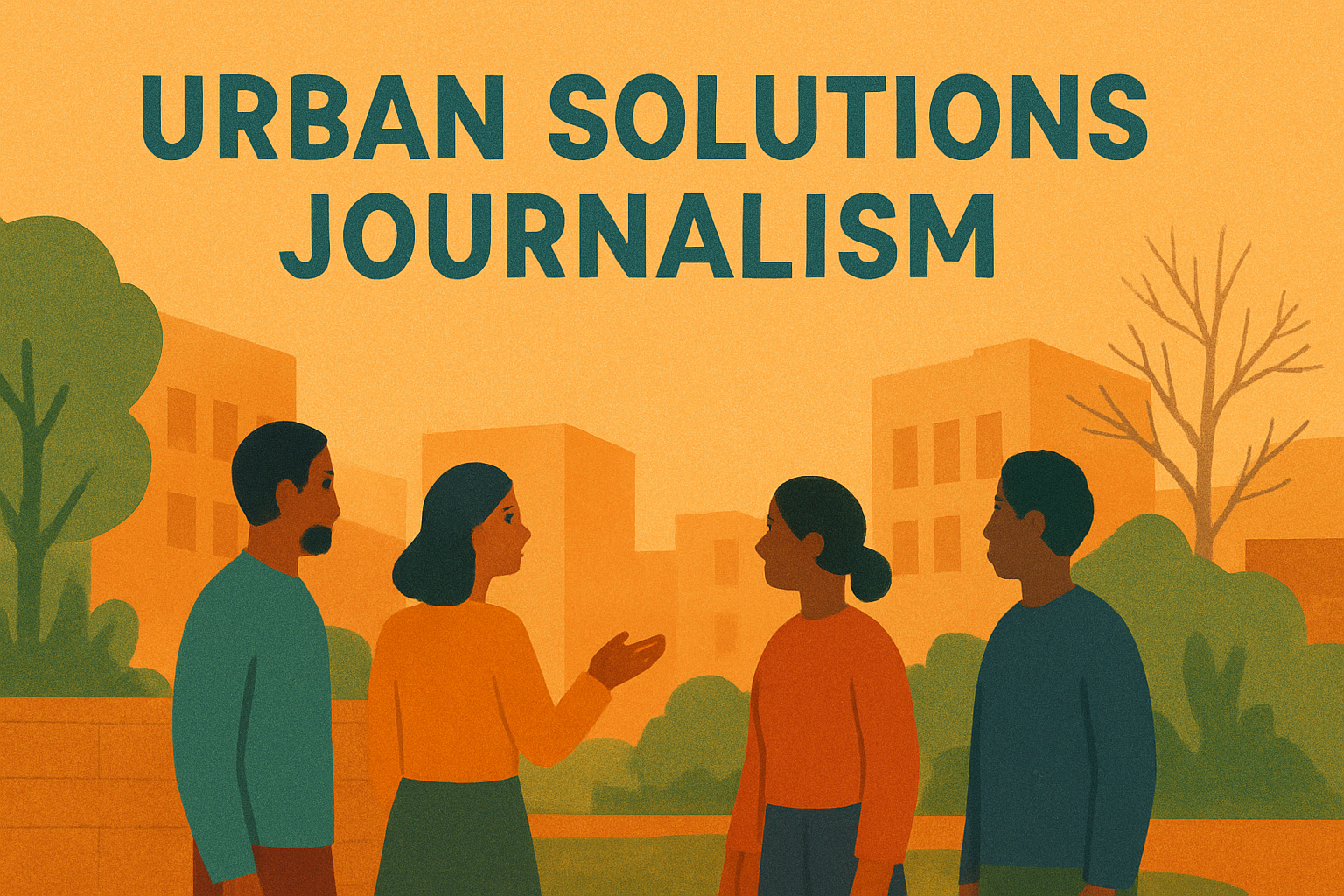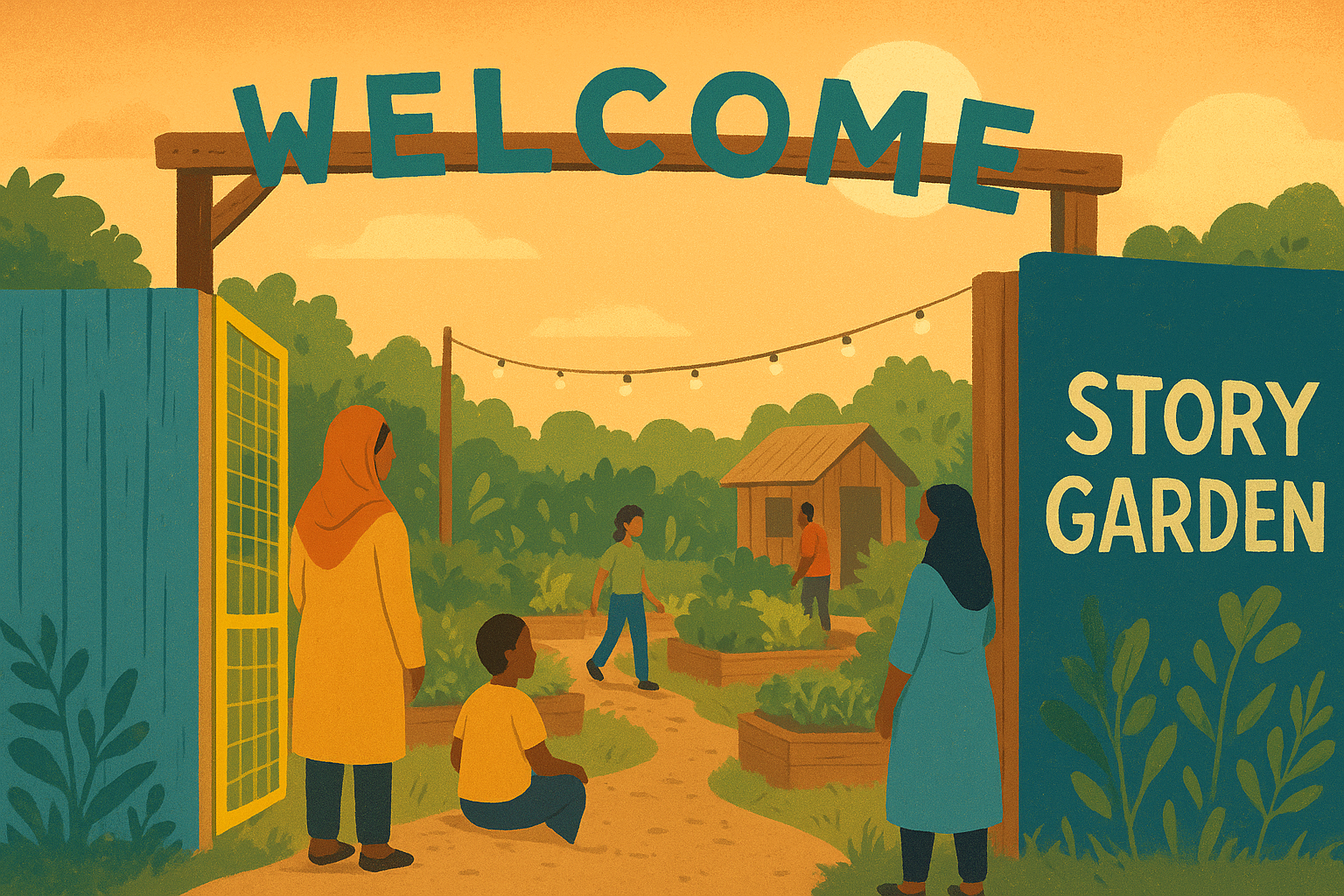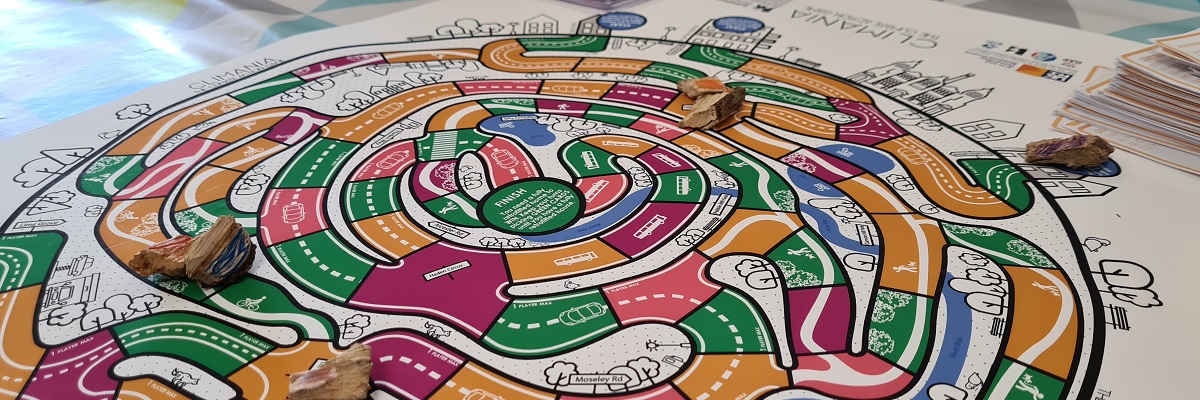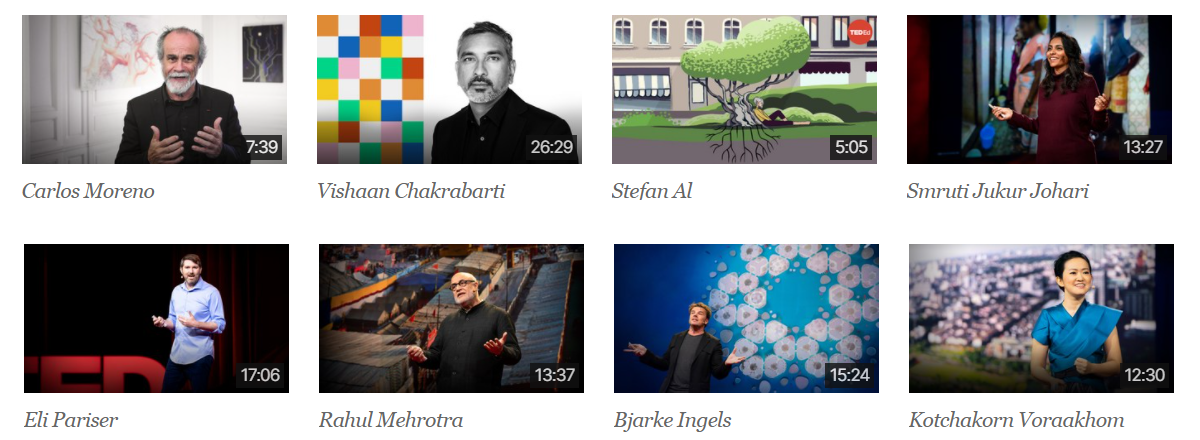Where do you find troublemakers and how can you enable them to work for the benefit of cities? This was one of the main questions of the Informed Cities conference in Dresden in 2016.
The ARTS (Accelerating and Rescaling Transitions to Sustainability) project is a European initiative by ICLEI, the organisation for local governments and sustainability. During the Informed Cities conference series, the co-creation of future European cities is discussed, focusing on sustainable solutions and initiatives. This year’s conference focused on people, partnerships, and political power as crucial influences on transformative processes in cities.
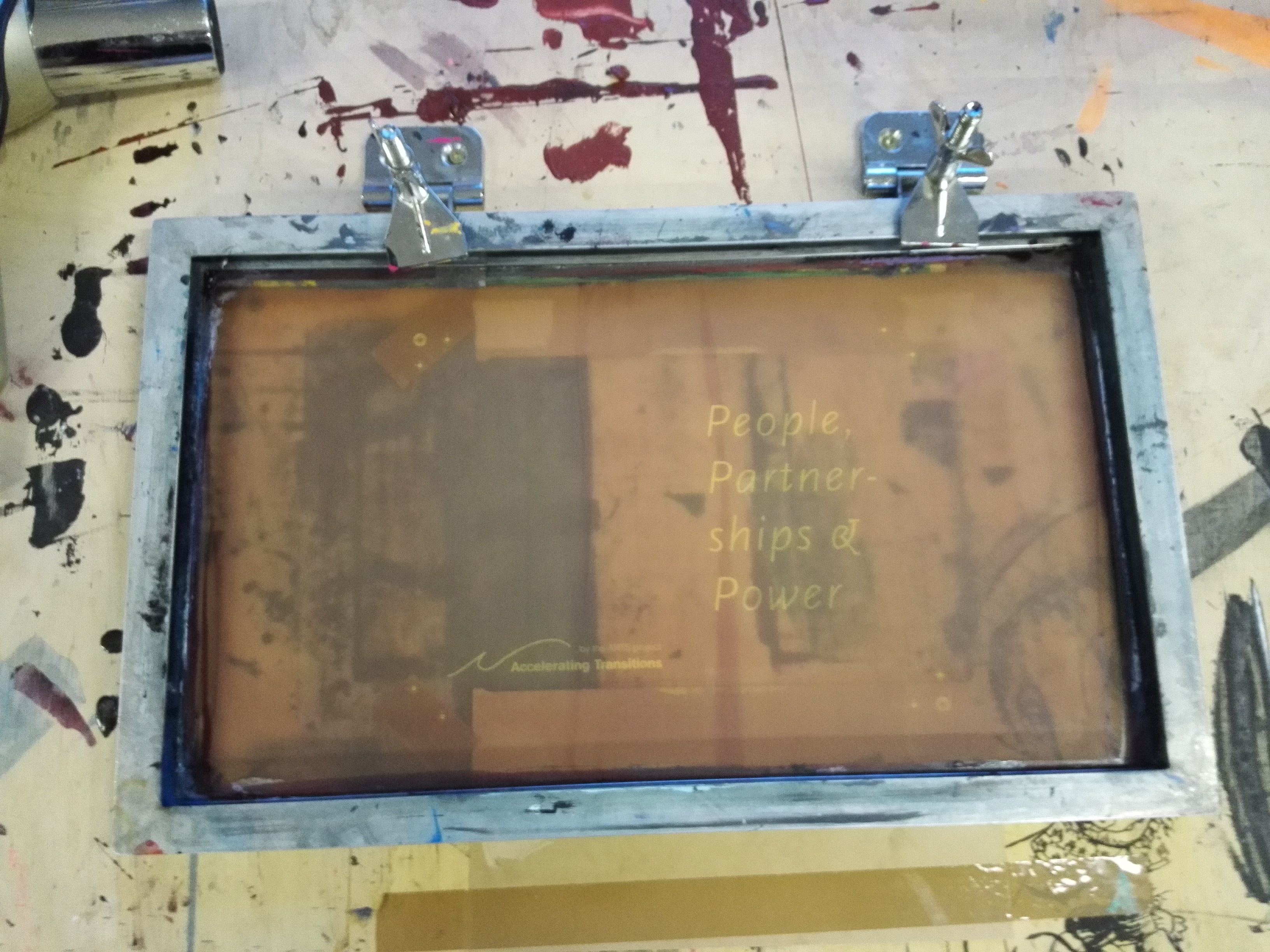
In this post I won’t sum up everything, but point out the most interesting topics discussed, all of them relevant for participatory cities!
How to make invisible heroes visible?
This question was answered impressively by Brazilian artist Mundano. In his city São Paulo, he started a city-wide movement with the help of “street artivism”: By painting the carts of waste collectors, Mundano managed to shine a light on the role these waste pickers (catadores, dubbed as “invisible people” by Mundano), play in the city. In the project “Pimp my carroça”, Mundano gave them a voice by painting dreams, slogans and pictures on their carts, transforming them into mobile art. He also started naming streets after catadores in overnight guerrilla actions. This gained the attention of politicians and the public. Mundano hopes that people will understand the value of the waste picking “service” and that politicians will start thinking about a better, more sustainable way to collect waste. Thus, the artist managed to make the catadores more visible and he gave them a (often political) voice.
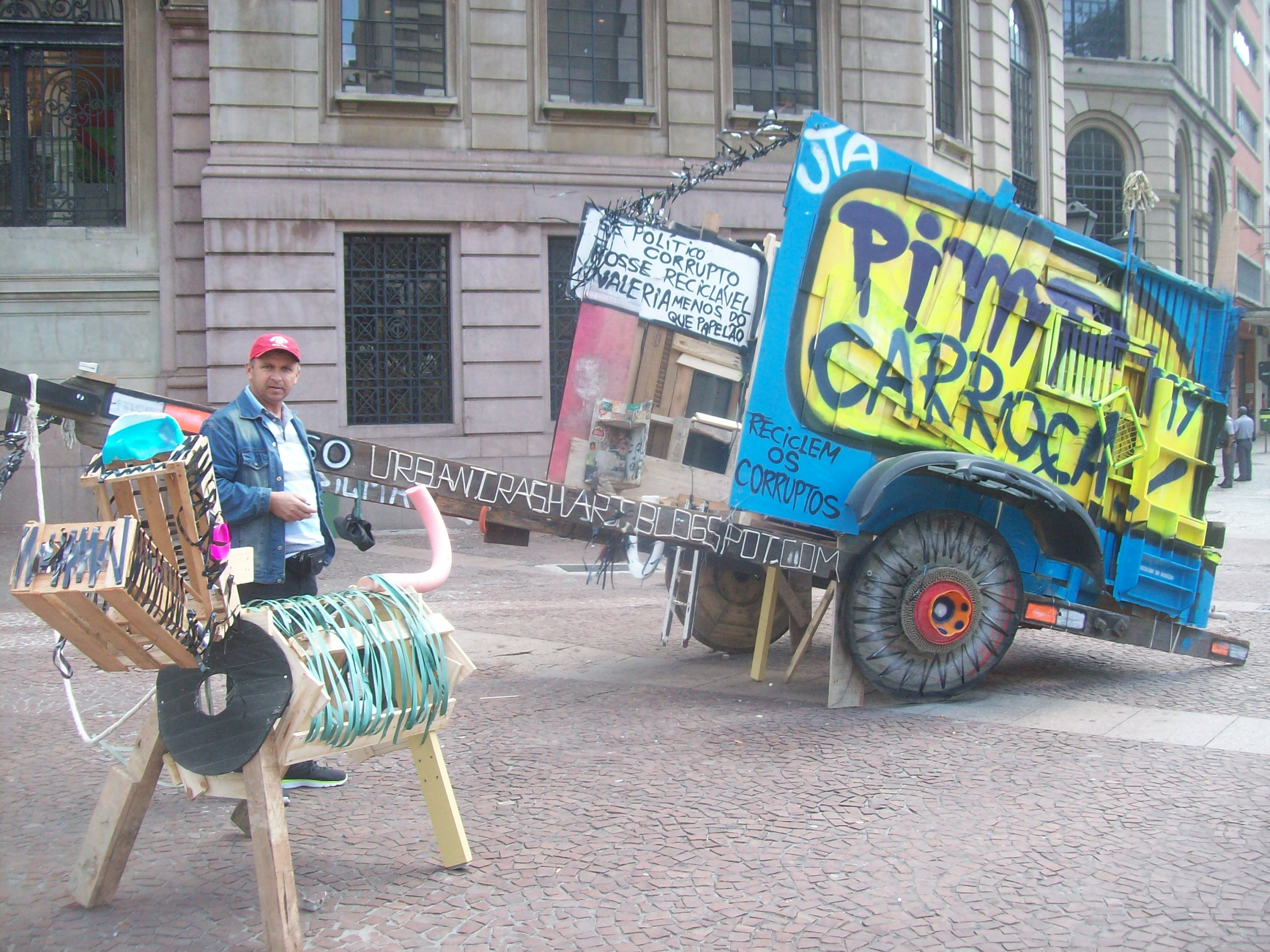
Where to find change makers (assuming that everybody can be a change maker)?
During the conference, we discussed how communication is essential: talking to as many people as possible, since change makers are not always where you expect them to be (see the catadores example); making people care by telling stories, sharing experiences, reaching a critical mass and teaching people new skills; and making the invisible visible with respect and gratitude. Of course, funding is always a big portion of being able to make change.
How to accelerate change in cities?
Here is the reply developed by Informed Cities:
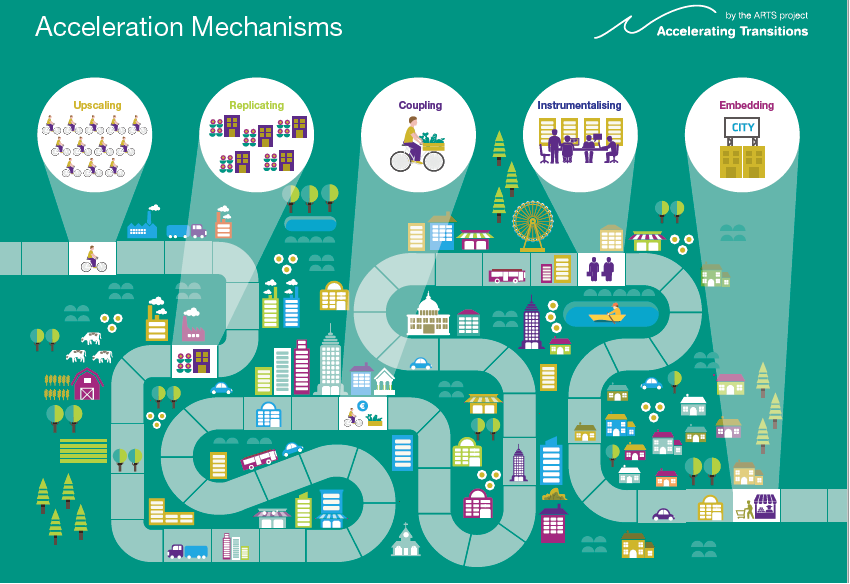
These different mechanisms for initiatives will support more sustainability in cities. For example, more urban gardens and increased bike traffic can be coupled in projects like cargonomia that offers bike transports across Budapest. However, instrumentalising a sustainable urban solution can be dangerous when it is done by politicians. Embedding is often not a universally shared goal and can be quite complicated in some cities. Therefore, an interface between city administrations and citizens is important (read my post on Civocracy, an example for such an interface).
So this picture can be seen both as a process and as a list of strategies. I think it comes in handy for urban planners and project managers to gain an understanding of how their idea or initiative can fall on fertile ground.
How to empower citizens and bottom-up actions?
In one of the sessions, Prof Ricard Gomà from the Autonomous University of Barcelona, Spain, spoke about Barcelona en Comú, an initiative in Barcelona for more bottom-up actions in the city. They actually hold 11 of 41 seats in Barcelona’s City Council. He also shared some strategies for building a radical democracy and empowering people:
- Common policy-making in every stage of the policy process (e.g. budget allocation, policy planning, implementation)
- Direct democracy via high quality public deliberation
- Open code city, meaning that the government makes information available in real-time
- Devolution of the management of local public services to communities
- Community action plans and joint implementation
Click here to read more about radical democracy in Barcelona en Comú.
I will try to get an interview with them in an upcoming article! An interesting question is whether this kind of democracy would work in your city as well – what do you think?

Conclusion: Should we empower trouble makers?
Again and again during the conference, trouble makers were discussed. Their actions (for example street art) are often tolerated under the motto “this may be illegal, but it is legitimate”. What type of illegal activities can we allow for reaching the greater good? How flexible can and should the government be? Is participation only possible illegally? Isn’t illegality a key feature of poverty? Somebody mentioned the “lost” initiatives and ideas by all the people who cannot participate and who are not represented politically. How to make them visible? These questions stayed with me.
While it is important not to regard illegal actions as “fun” from our privileged perspectives, since they are often born out of necessity, they contribute a lot to giving a voice to the “invisible”. Similarly, trouble makers like Mundano give a voice to otherwise unheard ideas and initiatives, often illegally, creating trouble.
Please share your thoughts and ideas in the comment section below and don’t hesitate to contact me (laura@parcitypatory.org).
PS: If you are interested in reading more about the conference results, click here for a beautiful summary by ICLEI.
Header Copyright: Julian Kücklich, playability.de (Graphic Recording)



